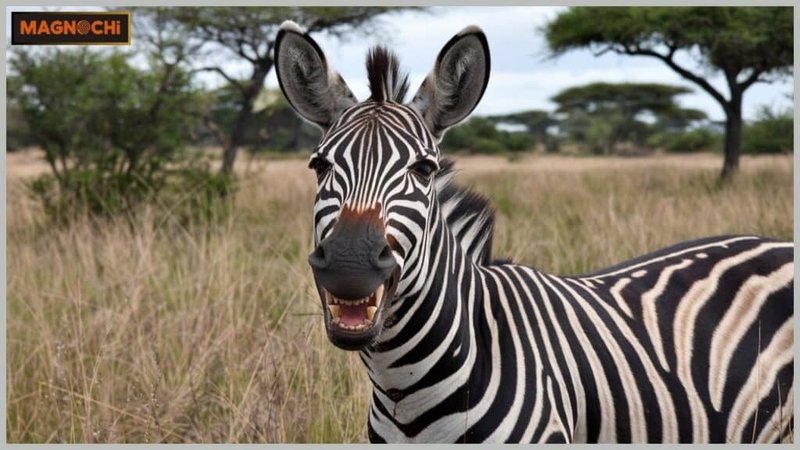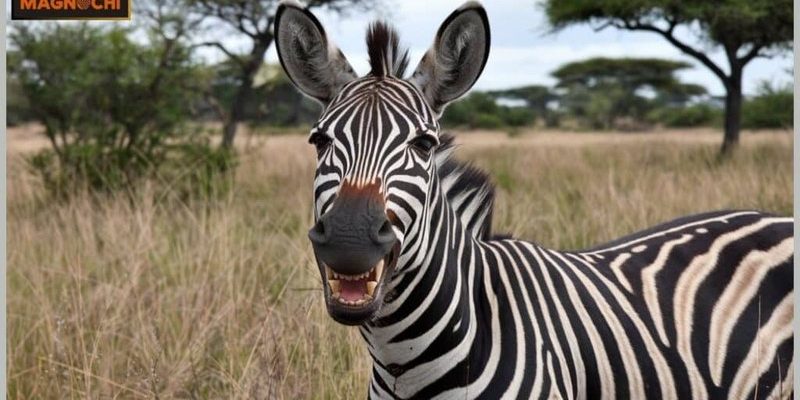
Now, this isn’t just a tale of ferocity; there’s a reason behind their behavior. Just like any wild animal, zebras react to threats in ways that may surprise you. They can kick with incredible force and possess a strong instinct to protect themselves and their young. So, let’s break down this fascinating topic and discover what might make these striped creatures more than just another pretty face in the animal kingdom.
Understanding Zebra Behavior
Zebras are fascinating creatures, known for their social nature and strong herd instincts. In the wild, these animals live in groups called harems, which usually consist of one stallion and several mares. This tight-knit community helps them stay safe from predators. But here’s the catch: when zebras feel threatened, their behavior can change dramatically.
You might be wondering, what exactly makes them feel threatened? Well, it can be anything from a predator lurking nearby to the presence of humans in their territory. Zebras have powerful instincts; when they perceive danger, they may kick out fiercely or charge at what they consider a threat. Given their size—adults can weigh between 600 to 900 pounds—these actions can definitely be dangerous.
Another point to consider is their protective nature. If a zebra feels that its young are in danger, it can become even more aggressive. Remember, a mother zebra will go to great lengths to defend her foal against perceived threats, including humans. So, while they might not seek out confrontation, zebras can swiftly become dangerous if they feel cornered or threatened.
The Zebra’s Kick: A Weapon of Defense
One of the most notable ways zebras can be dangerous is through their powerful kick. A zebra’s legs are muscular and designed for speed, but they also serve as effective weapons. In fact, a zebra’s kick can be strong enough to injure or even kill a predator.
Here’s an interesting tidbit: when zebras kick, they can deliver a swift, unexpected strike in multiple directions. It’s not just a simple back kick, either; they can swing their legs around in a circular motion to fend off attackers. Imagine standing in a huddle with friends when someone suddenly starts swinging a baseball bat—you’d want to be out of the way!
This ability to kick fiercely means that anyone getting too close—human or animal—should think twice. If you were ever in a situation where you accidentally startled a zebra, it could react defensively, and that kick is nothing to scoff at.
Is There a Risk to Humans?
So, just how dangerous can zebras be to humans? While they don’t typically go out hunting people, incidents can occur, especially when people invade their personal space. It’s crucial to remember that zebras are wild animals, not pets. They tend to be fearful of humans, and such encounters can trigger a fight or flight response.
There have been cases where zebras have charged at humans, especially in wildlife reserves or zoos where people get too close. This can be alarming, as it may lead to injuries if someone is unprepared. Honest encounters with these animals should always prioritize safety—keeping a respectful distance is key.
In other situations, like during breeding season, zebras can become more aggressive. Stallions, in particular, may exhibit territorial behavior, which can lead to increased chances of aggressive encounters. So, while zebras aren’t looking to cause trouble, unexpected behavior can lead to risks.
Training and Handling Zebras
You might be curious about whether zebras can be trained like horses or other domesticated animals. The answer is complicated. Zebras have a reputation for being more difficult to train due to their wild instincts. Their strong personalities can make them less compliant compared to horses, which are bred for domestication.
Many zookeepers or wildlife handlers have learned methods to manage zebras without putting themselves or the animals at risk. This involves understanding their body language, respecting their space, and using calm, assertive actions when handling them. If you were to work with a zebra, it would require patience and a keen awareness of their needs and feelings.
The bottom line is that while some zookeepers and trainers have had success with zebras, they’re never going to be as predictable as a domesticated horse. For most people, the safest choice is to admire zebras from a distance rather than trying to interact closely.
So, can zebras be dangerous to humans? The answer is a cautious “yes.” While they may look harmless as they roam the plains, zebras possess instincts that kick in when they feel threatened or cornered. Their powerful kicks and protective nature can lead to dangerous situations, especially if human boundaries are crossed.
Respect for wildlife is crucial. Understanding how zebras behave helps keep both humans and animals safe. Next time you see a zebra, whether in a documentary or at a zoo, remember that behind those charming stripes lies a creature that deserves respect and space. The wild is a beautiful, unpredictable place, and zebras are a perfect example of why we should approach it with both curiosity and caution.

